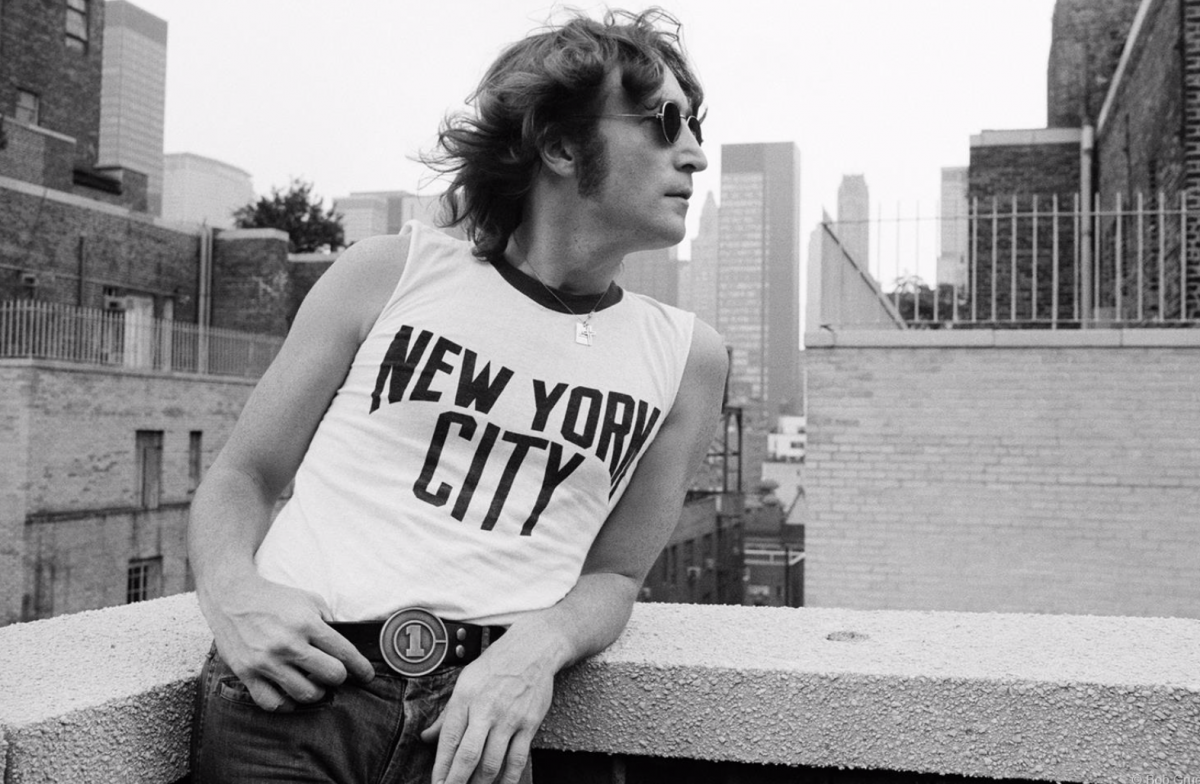
Lennon: The New York Years - Rock 'n' Roll Hall of Fame, NYC Annex
If Rock is a religion, then John Lennon is at least one of its highest ranking prophets, if not the messiah himself. Aside from the holy scripture of his music, Lennon also left behind relics, some of which are currently on display at The Rock and Roll Hall of Fame, NYC Annex. For the devote follower of the Late Beatle, it is these relics which will make this exhibit worthwhile, whereas the average Sunday-Beatle fan stands a better chance of learning something new about one of rock 'n' roll's greatest martyrs. The look of this one-room showing is idealistically white, matching John and Yoko's famous white room in the Dakota apartment they shared as well as complementing the overall saintly focus of the exhibit. Don't expect to see any of John's flaws displayed on these pristine walls. Any stains have been wiped clean. This seems to be a deliberate choice and, though it leaves some stones unturned, it works, allowing the focus to settle almost exclusively on Lennon's time in New York City and what he accomplished there. The museum provides free headphones, which are activated by sensors to play the intended songs and audio clips for each display as you approach them. This is a little more fancy than the usually museum audio gear and works well, as long as you don't mind the occasional intrusion of the wrong audio clip at the wrong display. The Talking Heads rock, but it took me a minute to figure why I was listening to "Girlfriend is Better" while looking at Lennon's green card. Lennon's green card is one of the must-see items in this showing that can’t be viewed anywhere else, and John's cracking smile in the identification photo is the most human touch of the exhibition. It is accompanied by a comprehensive collection of letters related to the singer's threat of deportation from the U.S. government and leads one to consider the mental health of a country that would seek to banish such a treasure. The green card display, along with lyrics scrawled on hotel room stationary and a few other keepsakes, combine to make the strongest argument for paying the $30 it costs to enter this exhibit. With some diligent Internet searching, almost all the other video and audio material could be found for free, though experiencing it all together in one reverent setting has its own value.
